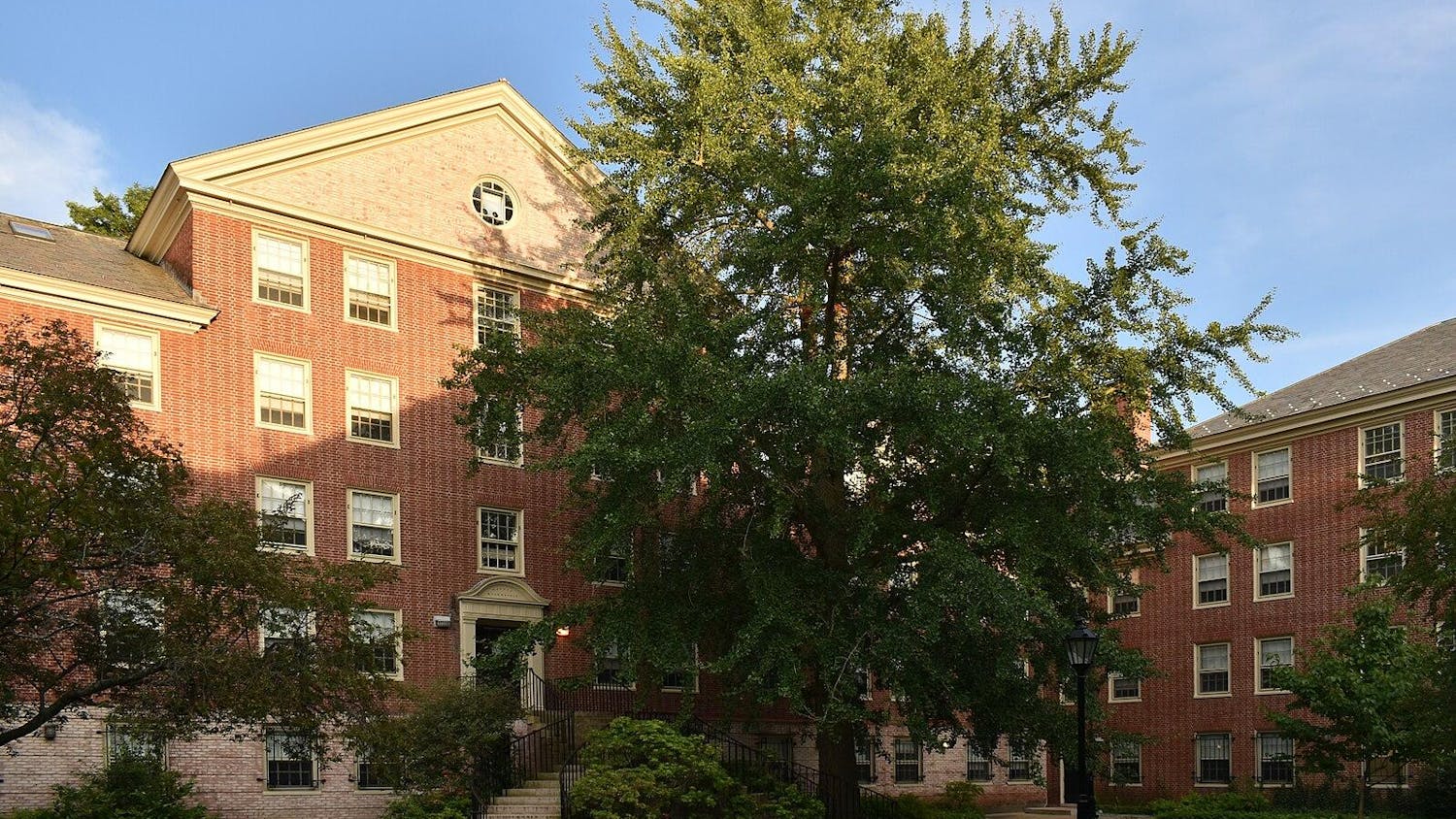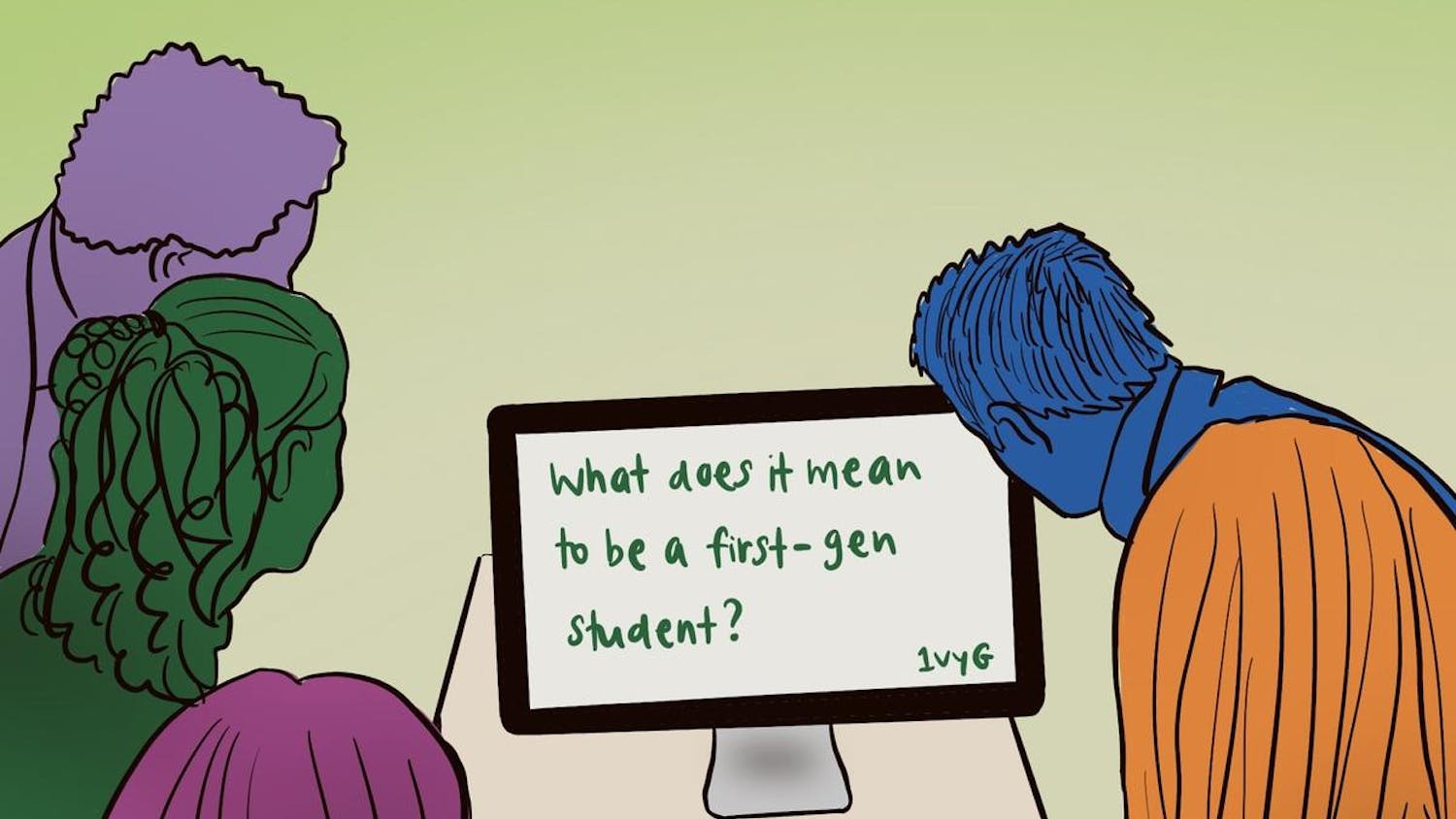As part of the “How Structural Racism Works” lecture series, faculty members participated in a round-table discussion about the normalization of structural racism and the ways in which it manifests itself Wednesday night. Organized by Director of the Center for the Study of Race and Ethnicity in America and Professor of Africana Studies Tricia Rose, the event attracted an audience of over 200 students, staff and Providence community members.
“Our goal is to present different perspectives on what structural racism is,” said Margaret Weir, professor of political science and international and public affairs. Structural racism is reinforced both by ideological beliefs and by policy, she added.
The series was launched in fall 2015 with a lecture by Rose that served as an introduction to her research on the concept of structural racism. The series invites student engagement and is intended to facilitate campus-wide conversation, said Provost Richard Locke P’17.
The round-table discussion featured four speakers: Weir, Director of the Center for the Study of Slavery and Justice Anthony Bogues, Presidential Postdoctoral Fellow Yalidy Matos and Postdoctoral Fellow Jordan Camp.
Weir, who is currently writing a book on metropolitan racial barriers, argued that coded language disguises inequality in everything from public transportation to access to libraries and clean water.
Bogues expressed similar sentiments. “The structures of racist society still operate even if they do not use the same language of Jim Crow racism,” he said. “Common sense” racism is more subtle and has become normalized and unnoticeable, he added.
This point resonated with an audience member, Jack Saltzman ’18, who said he has noticed that many of his peers believe themselves to be “above the problem” of racism. “‘Common sense’ racism has become so ingrained in the way we interact” that it can go undetected,” he said.
The discussion members also touched on the role of cultural stereotypes in reinforcing structural racism. Matos emphasized the association of Mexican immigrants and black Americans living in urban areas with disorder and crime in the American consciousness.
“Race plays a role in where we see border patrol agents, where we see control of bodies,” she said.
“The racial order is articulated as law and order,” Camp said.
The conversation turned to the sensitive nature of discussions about structural racism in a multi-racial community during the question-and-answer component of the event.
To “separate (structural racism) from personal intent and malice … is going to be really crucial,” Rose said. “We’re all responsible for creating the world we want to create.”
“As a white student, my touchstone to American racism is through an intellectual lens,” said attendee Sienna Giraldi ’18, adding that she recognized the importance of educating diverse communities.
The upcoming lectures in the series will feature scholars from outside of the University. They will focus on five areas in which structural racism is evident: education, wealth and employment, housing, criminal justice and mass media, Rose said.
“We will try to make sure that each event addresses various intersections … we won’t just talk about housing — we’ll connect housing to families, to inheritance, to education and we’ll connect wealth to education and other issues,” Rose said. “Our goal here is to look at how these areas work in relation to each other.”
Locke also emphasized the role that student engagement will likely play in the remainder of the series, referencing research and video projects as opportunities for students to get involved in the initiative.
Rose said the series dovetails with the recently released Diversity and Inclusion Action Plan. The plan and the series share “the same goals: to have a diverse group of excellent researchers talk about critical issues that might be impediments related to diversity and inclusion,” she said.




